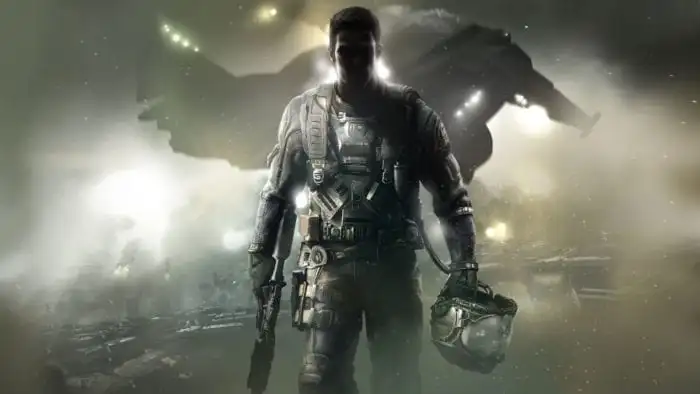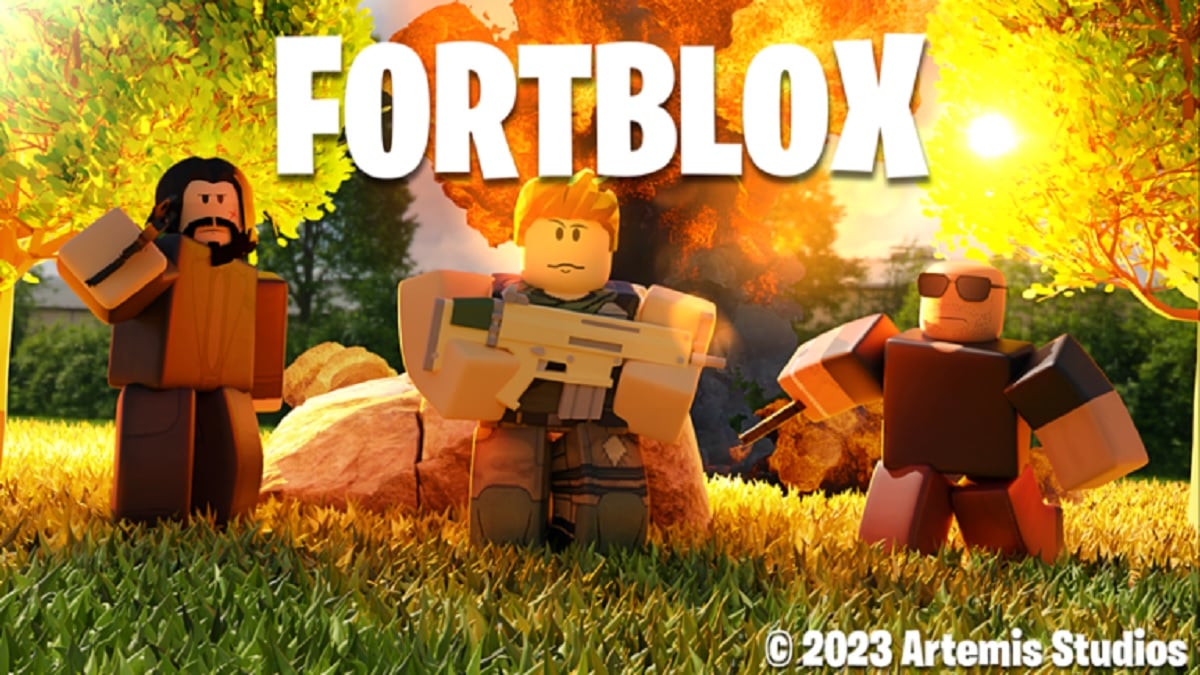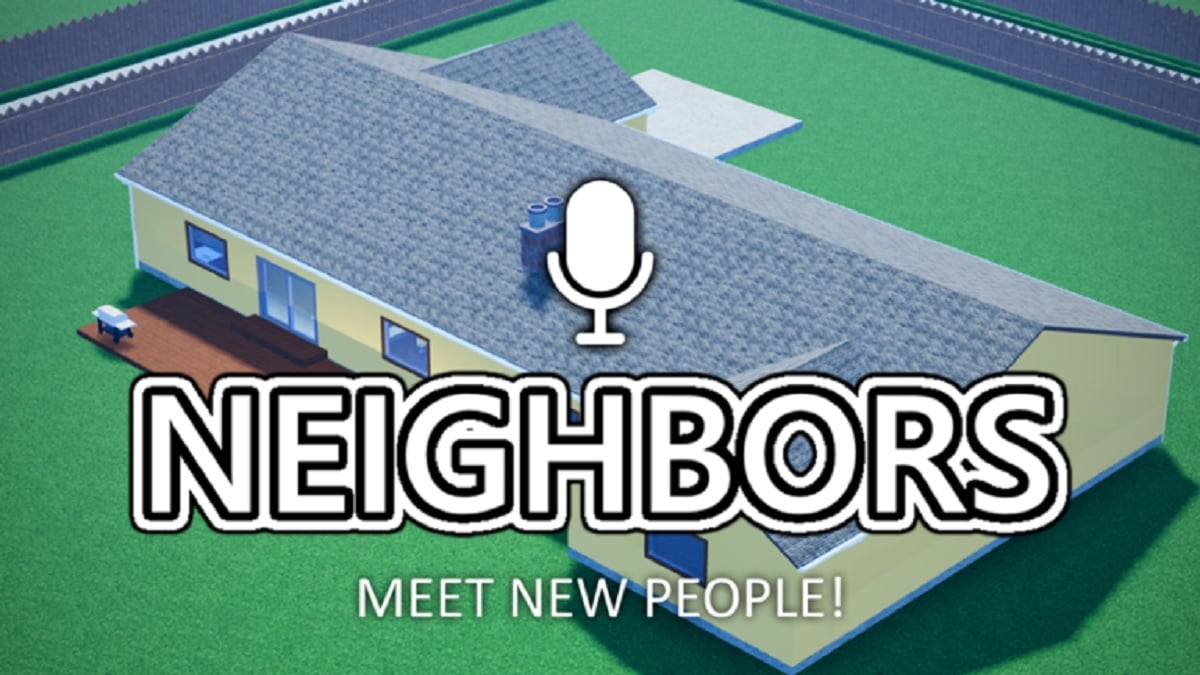Call of Duty: Infinite Warfare on Xbox One
Upon its announcement, many players had already written off Infinite Warfare as ignoring the screams of the franchise’s fans to return to the past. To revisit the trenches of the World Wars that stand so prevalent in our past and abandon these forays into the uncertain future. And while Infinite Warfare has arrived as the antithesis of players’ pipedreams, it’s by no means an awful shooter.
Infinite Warfare is built upon the three mode foundation that many of the most popular titles in the series have been structured around- a campaign, multiplayer, and zombies mode. These three modes together each offer a unique experience for the player, although it’s quite clear that some are certainly stronger than others.
With Earth’s resources running low, the residents of our lovely planet rely on colonies established throughout the Solar System in order to mine planets and asteroids for what can no longer be provided by Earth. Of course, nothing ever works out in a game when resources are in the spotlight, and perfectly on cue, militant forces have been attracted to these planets. This is the very basic foundations of Infinite Warfare’s campaign. A well-structured and compelling story mode that surpasses those of its predecessors in terms of storytelling, but feels lacking in gameplay. As Captain Nick Reyes, players must help the United Nations Space Alliance as they fend off the militant Settlement Defense Front led by Admiral Salen Kotch (voiced by Game of Thrones’ Kit Harrington). Of course, if you’re wanting to save the planet, you’ll have to run, gun, and pilot your own spaceship in aerial dogfights. Oh, and you’ll also command a huge ship called the Retribution, too.
The Retribution becomes your hub for your time in Infinite Warfare’s campaign. You’ll find journal logs and character bios on your computer, be able to customize your loadouts at the armory, and select main or side missions from your galactic map. While it was a great way to emphasize the scale of the conquest you were leading against the SDF, everything felt a little too limited or tacked-on. The Retribution is pretty huge, yes, but I didn’t feel the urge to go and explore it because of how barebones it was. Hopping into my own quarters contained a PC with journal logs, and a TV in the corner of another room would occasionally show news reports.

As for features directly related to your missions, the armory was one area in which I found Infinite Warfare to be somewhat disappointing. Initially, I envisioned being able to customize every aspect of my loadout for a mission to allow me to take it on as I chose. Instead, I was greeted with a very limited range of weapon choices and seldom other ways in which I could alter my loadout. Perks and the different combat rigs from multiplayer hadn’t made it into single-player. Though these would have been a neat way to add to the personalized feel.
Infinite Warfare also introduces side missions to the Call of Duty franchise for the very first time. These are entirely optional and focused predominantly around assaulting enemy ships on-foot, and vast space dogfights as you weave between huge destroyers. Though a lot felt somewhat repetitive, those that did stand out offered more interesting variations of what was on offer in the main missions, just more bite-sized. Unfortunately, a majority of them do feel like filler, simply padding out your playtime through the main missions, and because of this they never quite become any more impressive than the occasional distraction.
As for Infinite Warfare’s main missions, the game definitely has an issue with pacing. For the first four or five missions, I felt like the game was gently introducing me to new mechanics, and slowly dragging the story along. However, everything really kicks off and the whole thing becomes far more enjoyable just as it comes to a close. It’s nothing to lose sleep over, but just as it had me hook, line, and sinker, the credits rolled.
What made the credits rolling all the more bitter, however, comes in the form of Infinite Warfare’s excellent cast of characters. For the first time in a while, I actually gave a crap about the fate of not only Reyes, but those around him, and it all comes down to them feeling fully-realized within the world.

For the most part, the campaign is an enjoyable ride through the galaxy, with some spectacular views to take in on the way. However, its best moments often came when you were on foot, and not in your Jackal fighter ship. Unfortunately, this is something the game seems to double down on and while blowing ships up was fun the first couple of times, doing the same thing over and over again in your ship felt all too boring. The vast expanses of space don’t offer much in the terms of variety and so while some will find it enjoyable, it’ll grind on others pretty fast.
It’s not the only time Infinite Warfare’s futuristic setting hindered the overall campaign, either. As you’d expect far in the future, robots are involved in war. Unfortunately, their metal bodies also assume the roles of bullet sponges, taking the traditionally fast-paced battle sequences of the Call of Duty series, and dispersing them between slower battles with robot soldiers.
As my time with the campaign came to a close, I felt like Infinite Warfare was definitely a step forward in terms of storytelling and characters, but was ultimately hindered by its setting. Though dogfights in space are great fun, they become tedious after a while and the most defining moment from the game was a mission that had a (very) slight resemblance to Modern Warfare’s classic All Ghillied Up mission. It has some blockbuster moments in a sea of mediocrity, though it’s still worth the six-eight hours to play through it.
Of course, the mode most synonymous with the Call of Duty series is its multiplayer, and Infinity Ward has played it incredibly safe this year round. Rather than trying out something completely new and outlandish, the game adopts many of the systems already in place in Black Ops 3. Wallrunning and knee-sliding moves are back, the class loadout systems are the same (apart from the inclusion of Combat Rigs) and many of the Scorestreak options feel like its predecessor’s, just with a futuristic twist.
Combat Rigs and Mission Teams are the two most notable additions on top of last year’s offerings. The former are essentially preset classes that you must base your weapons loadout on. Each one has a unique trait and payload which are moves or abilities directly related to each rig’s forte. For example, Warfighter is an assault class rig outfitted for operating in a variety of situations, whereas the Merc class is all about heavy defense and suppressive fire. Rigs are far more than just another way to give players more variety, as they introduce a strategic element too. You’ll not only have to pick the Rig best suited to your own strengths, but work with your teammates to support one another with your combined traits and abilities. Working as a team feels far more effective when Combat Rig choices are varied in a team, and it makes for more interesting games.
Mission Teams, on the other hand, provide a range of challenges for players to work through as they play. As you complete these challenges and earn XP, you’ll level up your Mission Team. As this increases, you’ll then gain access to weapons exclusive to that particular team. It’s another fun way to keep gameplay varied, as the objectives on offer feel uncommon enough to have you changing the way you play, but not too far so that they hinder your overall performance.
As a whole, Infinite Warfare’s multiplayer is more or less what you’d expect it to be. A Call of Duty multiplayer with a unique futuristic twist to proceedings. Map locations are for the more part taken straight from campaign locations and are expertly designed to have players learning the layouts and wallrunning to their heart’s content in no time. That’s not the only multiplayer offering Infinite Warfare has, though.

Rounding off the package is Zombies in Spaceland – a 1980s twist on the traditional zombies gameplay that sees four actors thrown into a zombie-infested amusement park. While the basic gameplay fundamentals remain the same, Zombies in Spaceland tries to open the mode up to newcomers and those who want to run through it on their own. There are a bunch of tutorials to run you through literally every element of Spaceland, the map is easy to navigate, and it’s difficulty ramps up much later compared to previous titles.
Spaceland’s Fate and Fortune cards is a neat new addition allowing players to customize a selection of five cards each with a different ability that can be used one at a time throughout the duration of a game. These range from things like earning double money for a minute, or windows automatically barricading themselves again when damaged for a round. It’s a neat new twist that certainly comes in handy during the later rounds for sure. What’s important to remember about Spaceland is it’s still a zombies game and as such, it’s filled with fun little secrets and distractions to keep you occupied in between shooting zombies in the face. There’s a robot you can build that offers additional challenges, and a cameo appearance from David Hasselhoff.
As a complete package, Infinite Warfare is a good game. Though I wasn’t sold on the futuristic setting for the campaign, it still showed promise for the future of the franchise when it comes to storytelling and character development. And while its multiplayer feels far safer than the disappointing experience to be had in Ghosts, Zombies in Spaceland is one of the most enjoyable incarnations of the mode since its inception both when you’re playing with friends and alone. It’s not the quantum leap fans may have hoped for, but it’s a solid starting point for future expeditions.
Score: 3.5/5 – Fair
Pros• Strongest campaign story in years for the series. • Familiar-feeling multiplayer. • Zombies in Spaceland is great fun for newcomers and seasoned pros. | Cons• Jackal missions quickly got repetitive. • Missed opportunity for more diverse mission playthroughs with custom loadouts. |





Published: Nov 7, 2016 5:06 PM UTC